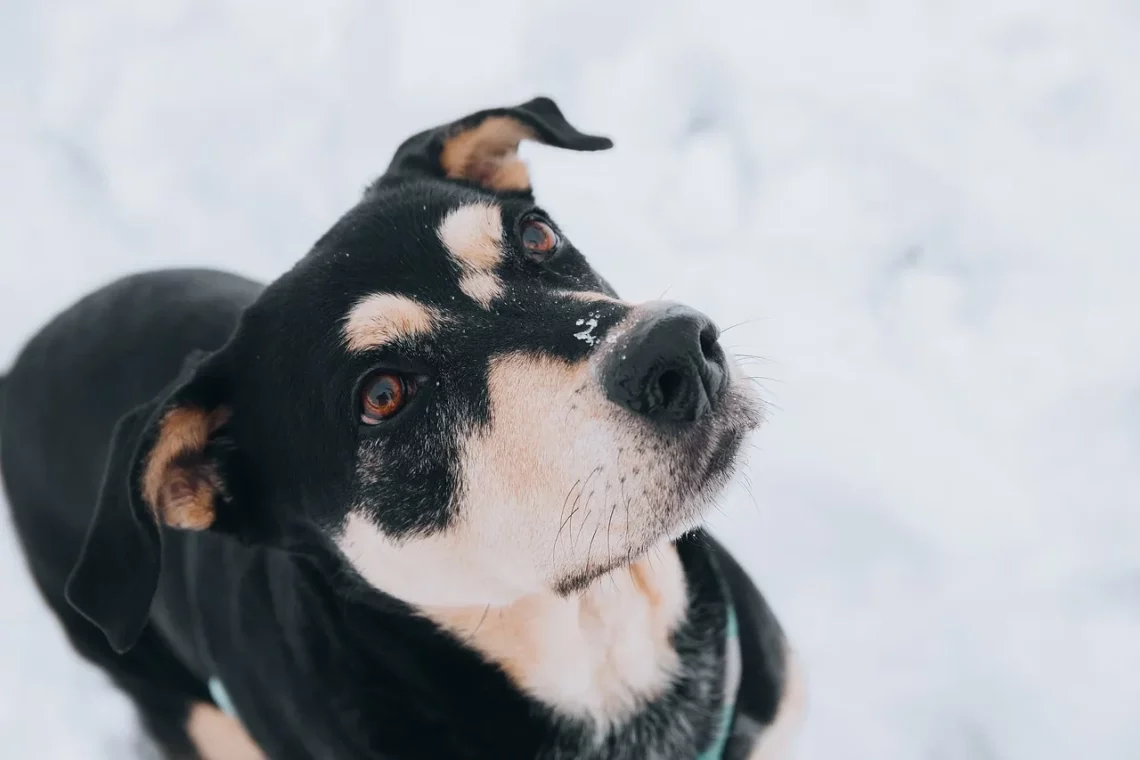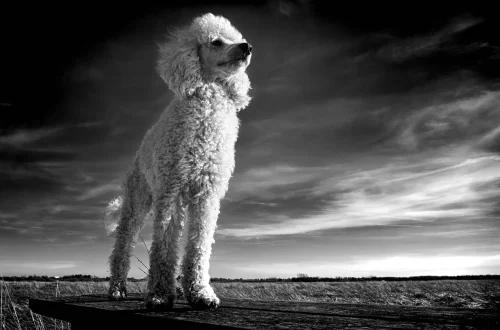
Caring for Burnt Paws in Dogs: Prevention and Treatment Tips
Caring for our canine companions often involves addressing various health concerns, particularly when it comes to their paws. Dogs are naturally curious creatures, and their paws endure a lot of wear and tear. Whether it’s from walking on hot pavement during summer days, stepping on sharp objects, or encountering hazardous surfaces, burnt paws can become a significant concern for dog owners. The skin on a dog’s paws is sensitive and can easily suffer from burns or abrasions.
Recognizing the signs of paw injuries and understanding how to treat them is essential for every pet parent. Dogs can’t communicate their pain verbally, so it’s crucial to be observant of their behavior. Symptoms such as limping, licking their paws excessively, or showing signs of discomfort can indicate that something is wrong. In addition to treatment, prevention plays a vital role in ensuring your dog’s paws remain healthy and free from injuries.
This article will delve into the various aspects of caring for burnt paws in dogs, focusing on effective treatment strategies and preventive measures that can help safeguard your pet’s paw health.
Understanding Paw Burns: Causes and Symptoms
Burns on a dog’s paws can arise from several sources. One of the most common culprits is hot pavement, especially during the summer months when temperatures soar. Asphalt can reach scorching levels, and walking on it can cause severe burns to a dog’s delicate paw pads. Similarly, walking on sand that has been heated by the sun can lead to similar injuries.
In addition to environmental factors, dogs can also suffer burns from chemical irritants. Many cleaning products, antifreeze, or even certain types of salt used for de-icing sidewalks can be harmful to their paws. It’s crucial for dog owners to be aware of these potential hazards, especially when walking their pets in urban or industrial areas.
Symptoms of paw burns can vary. Initially, you might notice your dog limping or favoring one paw. They may also lick or bite at their paws more than usual, indicating discomfort. In some cases, the pads may appear red, swollen, or even blistered. If you observe any of these signs, it’s vital to act promptly. Ignoring the symptoms can lead to further complications, including infections or long-term damage to the paw pads.
Regular inspections of your dog’s paws after walks can help in early detection of injuries. Pay close attention to any changes in behavior or habits, as these can be indicators of underlying issues. Being proactive can make a significant difference in your dog’s comfort and overall health.
Immediate First Aid for Burnt Paws
If you suspect that your dog has burnt their paws, the first step is to assess the severity of the injury. For mild burns, immediate first aid can often be administered at home. Start by rinsing the affected paw with cool, running water for approximately 10 to 15 minutes. This can help soothe the burn and reduce inflammation.
After rinsing, gently pat the paw dry with a clean cloth. Avoid using any harsh materials that could further irritate the skin. If there are any visible blisters, do not pop them, as this can lead to infections. Instead, cover the area with a sterile, non-stick bandage to protect it from dirt and further injury.
In cases of more severe burns, or if the injury does not improve within a day or two, it’s crucial to seek veterinary attention. Your veterinarian may prescribe topical treatments or medications to alleviate pain and promote healing. They can also check for any signs of infection that may require additional intervention.
While waiting for veterinary care, keep your dog calm and restrict their movement to prevent further injury. It’s important to monitor their behavior closely; signs of increased pain or distress should prompt an immediate trip to the vet.
Long-Term Care and Treatment Options
Once immediate care has been administered, long-term treatment for burnt paws involves several proactive measures. First and foremost, allow the paw to heal completely before allowing your dog to resume normal activities. This may mean limiting walks or using protective booties when outside.
Incorporating a healthy diet can also aid in the healing process. Foods rich in Omega-3 fatty acids, such as fish oil, can help reduce inflammation and promote skin health. Additionally, consider adding supplements that support skin healing, but consult with your veterinarian before making any changes to your dog’s diet.
Regular follow-ups with your vet can help monitor the healing process. They may recommend specific treatments, such as medicated creams or ointments that can facilitate faster recovery. It’s essential to adhere to your vet’s instructions regarding medication and care routines to ensure the best outcome for your dog.
In the future, proactive measures can be taken to prevent paw injuries. Avoid walking your dog during the hottest parts of the day, and choose walking paths that minimize exposure to potentially harmful substances. Training your dog to avoid hot surfaces can also be beneficial.
Lastly, regular paw maintenance is key. Trim the fur around the paws to prevent debris accumulation, and check for any signs of injury after outdoor activities. Keeping your dog’s nails trimmed can also enhance their comfort and overall paw health.
Preventive Measures for Paw Safety
Prevention is always the best approach when it comes to keeping your dog’s paws safe. One of the most effective methods is to be mindful of the surfaces your dog walks on. Avoid hot pavement, sandy beaches, or any areas that may have sharp objects or harmful chemicals. If you must walk on these surfaces, consider using protective paw wear.
Dog booties are an excellent option for dogs prone to paw injuries. They provide a protective barrier against hot surfaces, sharp objects, and even cold weather conditions in winter. It may take some time for your dog to adjust to wearing booties, so be patient and allow them to get used to the sensation gradually.
Another preventive measure is to keep your dog’s paws clean and dry. After walks, wipe their paws with a damp cloth to remove any irritants or foreign substances. Regular grooming can also help detect any early signs of damage or irritation.
Additionally, consider creating a safe place for your dog at home, away from chemicals and cleaning supplies. Educating yourself about common household items that can be harmful to dogs can significantly reduce the risk of accidental burns or injuries.
Finally, regular veterinary check-ups can help ensure that your dog’s paws and overall health are monitored. Your vet can provide specific advice tailored to your dog’s breed, age, and lifestyle, helping you take the best possible care of your furry friend.
In conclusion, caring for burnt paws in dogs involves understanding the causes, recognizing symptoms, administering immediate first aid, and implementing long-term care strategies. By taking preventive measures and maintaining regular veterinary check-ups, you can help protect your dog’s paws from injury and ensure their overall well-being.
*Note: This article is not intended as medical advice. For any health concerns regarding your pet, please consult a qualified veterinarian.*




